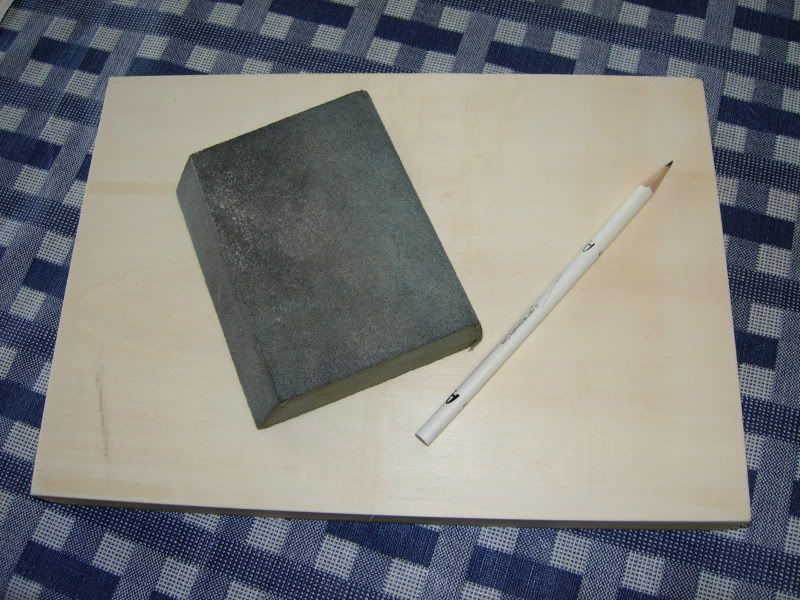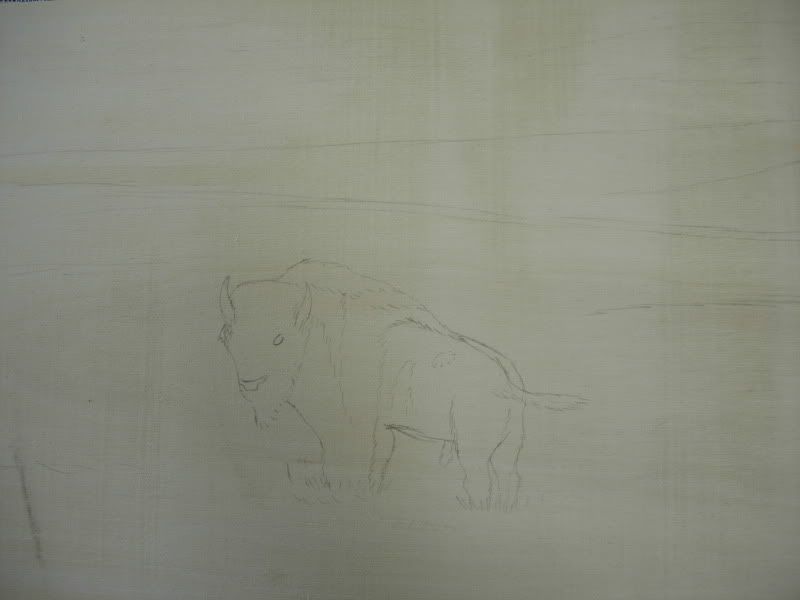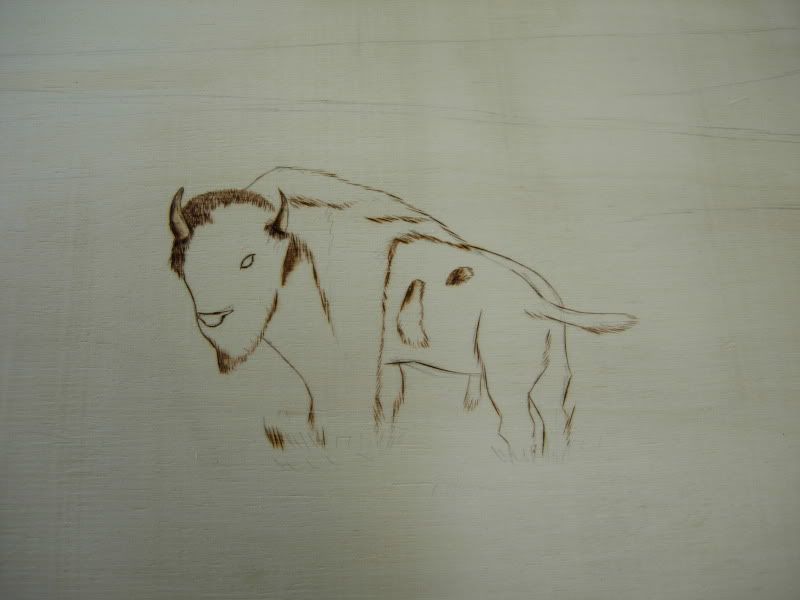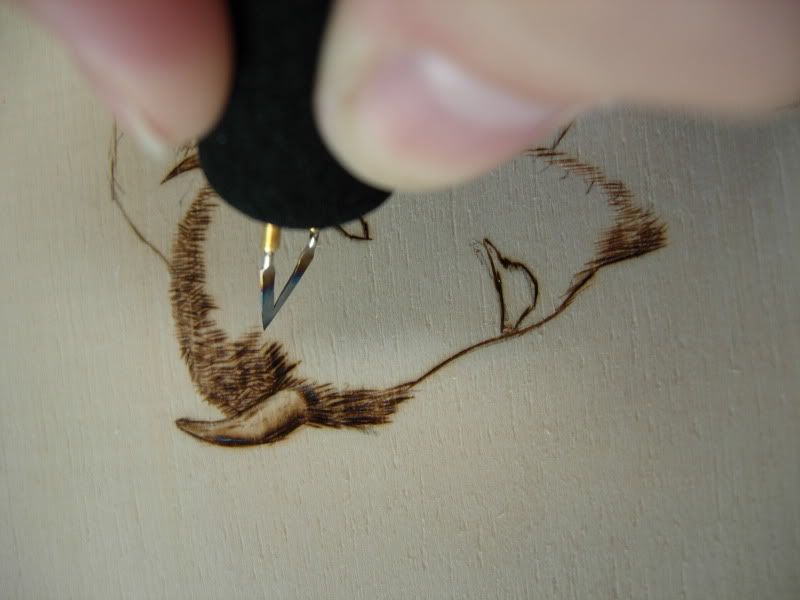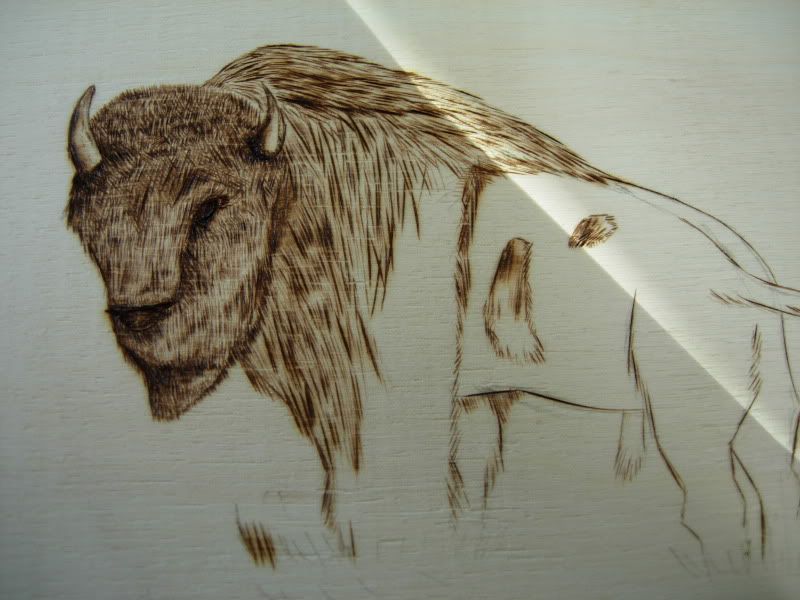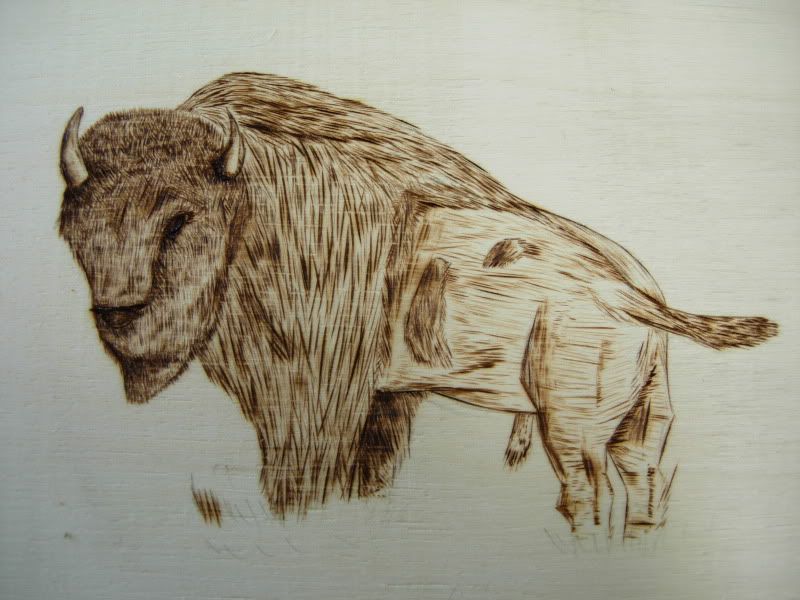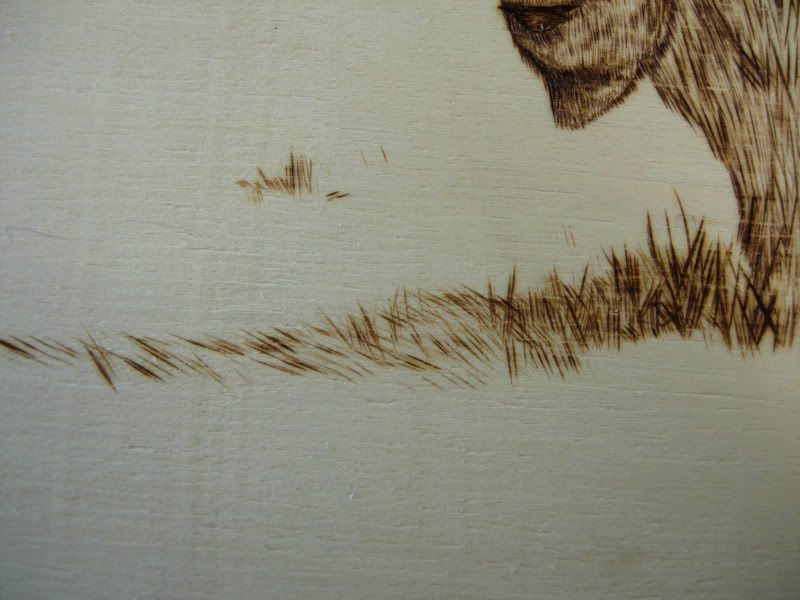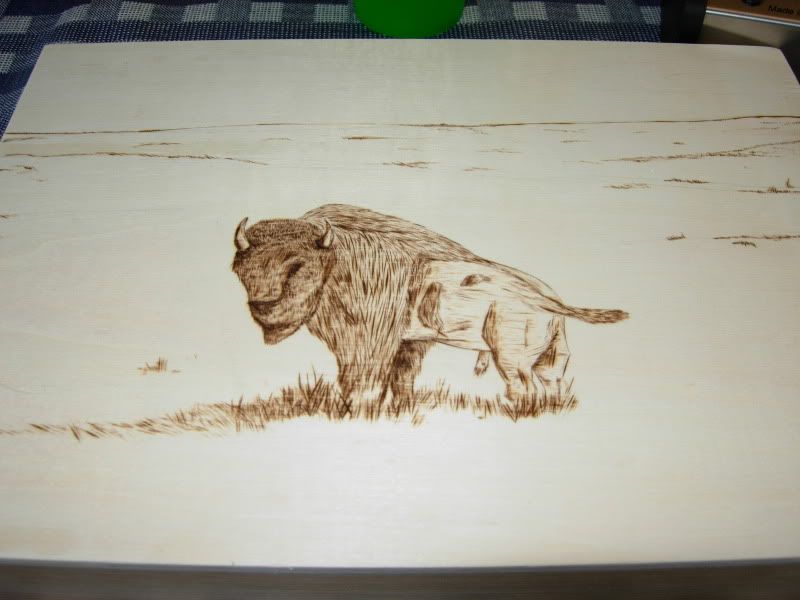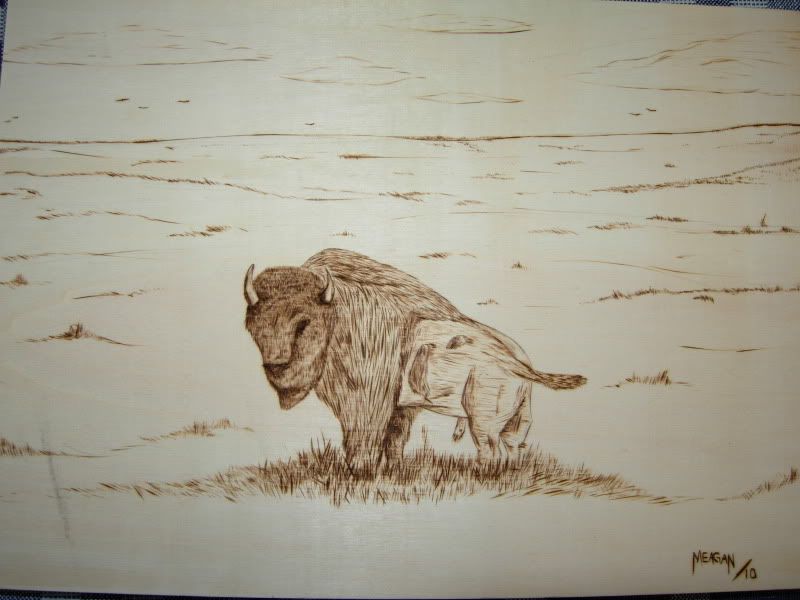So I'm deciding to write a more serious piece today since February is the month in which the Heart and Stroke Foundation likes to inform people about their heart health. I thought I'd help do my part and spread the word, especially since I’m a nurse who works on a cardiac unit lol.
When it comes to your heart there are certain risk factors in which you can change, and some which you can't here are a list of both types.
Things you can't change:
- Genetics: some people are predisposed to heart disease
- Age: don't you wish you could change this lol
- Family History: if you have more than one immediate relative who has heart related issues, it is important to keep on top of your heart health as this puts you into a higher risk category for heart disease
- History of a stroke or TIA's (transient ischemic attack)
- Ethnicity: First Nations, African or South Asian people have a higher risk factors for heart disease
Things you can change or control: Which is probably the most important list out of these two
- High Blood Pressure: increase blood pressure adds more strain to the heart muscles
- High Cholesterol: you get a build up of plaque which remains in your arteries and causes your heart to work harder to pump the blood through
- Diabetes: if you have diabetes it is important to properly control your sugars
- Being overweight: with a higher percentage of body fat, you also have more blood vessels and this added distance creates more work for the heart
- Excessive Alcohol Consumption
- Physical Inactivity: a sedentary lifestyle is never good for the body
- Smoking: the carcinogens and pathogens from the cigarettes create plaques which remain in your arteries and veins
- Stress: increased stress increases your blood pressure
The most important thing about your heart is making sure you take care of it.
For a stroke I feel the most pertinent information would be the warning signs. Should you have a sudden onset of the following 5 things, immediately call your local emergency services:
- Numbness or Weakness
- Confusion
- Dizziness
- Sudden Vision Problems
- Trouble Speaking
For more information here please visit the Heart and Stroke Foundations website at www.heartandstroke.ca
~Meg
He who enjoys good health is rich, though he knows it not.
